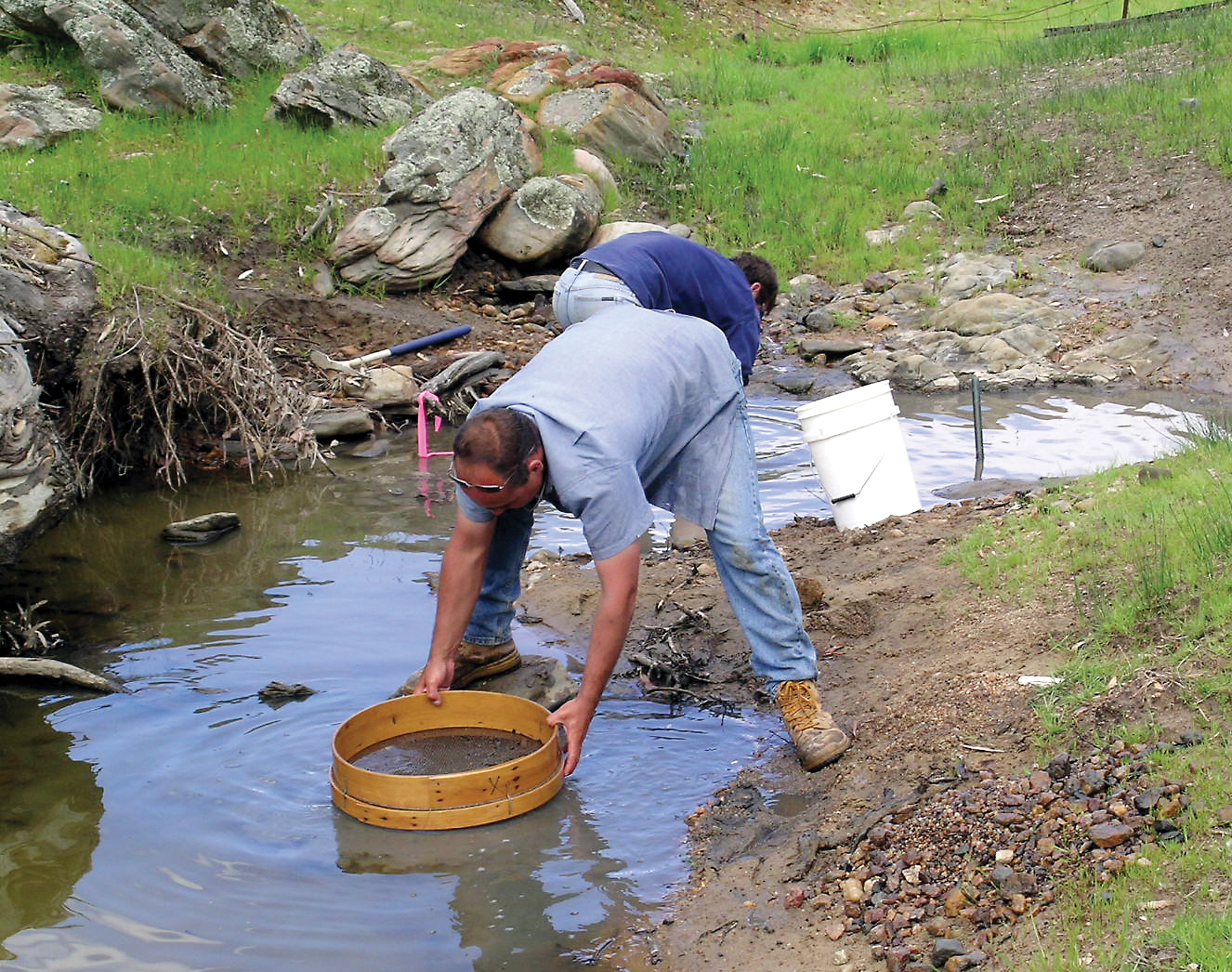
A guide to fossicking in South Australia
There’s something uniquely exciting about searching for hidden treasures.
It’s a popular recreational outlet for outdoors-types. Many do it with metal detectors, gold pans and shovels – the technical term for this is fossicking.
In order to protect our landscape from degradation and disruption however, there’s some strict rules that apply for fossicking in South Australia
Here’s everything you need to know:
What is fossicking?
Fossicking is described as the recreational gathering of minerals without the intention to sell or utilise them for a commercial or industrial purpose and which does not disturb the land or water by the use of machinery or explosives.
Common fossicking tools include metal detectors, gold pans and picks and shovels.
Fossicking includes panning, sluicing, dredging, metal detecting or any other activities that result in removal of minerals without the intent to sell or to utilise them for any commercial or industrial purpose.

On what public land can fossicking take place?
There are a number of historical fossicking sites within South Australia, only some of which are open to the public for fossicking.
The Jupiter Creek diggings near Echunga are popular site for fossicking, as are designated areas of the Mount Crawford Forest including Gumeracha Goldfields and Watts Gully Diggings; these latter sites require a ForestrySA fossicking permit. General forest visitors (non-fossicking), however, do not need a permit to enter ForestrySA land.
Can I fossick in national parks, forests, and reservoir reserves?
Other than the designated areas of the Mount Crawford Forest, fossicking is not permitted within South Australia’s national parks, conservation parks and reservoir reserves.
Fossicking on Crown land or within national parks without proper authorisation is strictly prohibited and may result in substantial penalties, including fines and legal action.
Under the National Parks and Wildlife Act 1972, it is an offence to use a metal detector, dig, or disturb soil within a reserve.
There’s an important reason for this.
These activities pose a risk to cultural heritage, environmental integrity, and public safetyand are actively monitored and enforced by relevant authorities.
How should I leave a fossicking site?
Any fossicking site must be left in a clean and tidy condition. If you have disturbed the site you need to restore it as close as possible to its pre-disturbed condition. Soil, rock or other material that has been excavated must be replaced before you make any further excavations. You must remove all refuse, including bottles, cans, etc. from the site.
Further information:
Further information regarding fossicking is available on the Department for Energy and Mining website.
Visit the Forestry SA website for more information on fossicking in Mount Crawford Forest.
Stay in the know: Sign up to get updates from DEW, straight to your inbox!